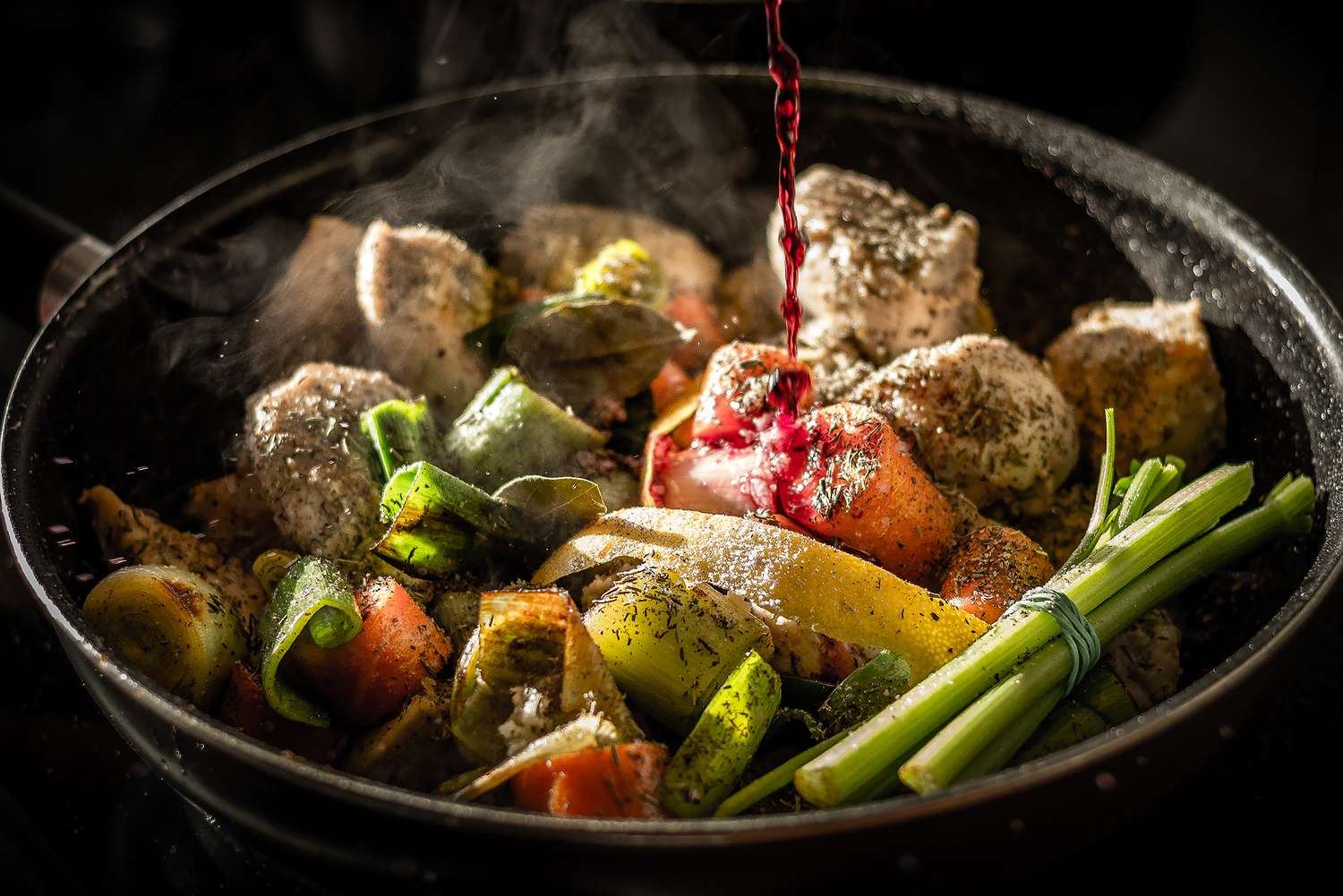Perfect Your Braising Technique
Braising is a cooking technique that involves cooking food slowly in a small amount of liquid, typically after browning it. This method is ideal for tougher cuts of meat and hearty vegetables, as the slow cooking process breaks down connective tissues and melds flavors, resulting in tender and flavorful dishes. Braising combines both dry and moist cooking methods to achieve a rich, deep flavor profile and a satisfying texture. Mastering braising can elevate your culinary skills and enhance the taste of your home-cooked meals.
Steps to Perfect Braising
- Choose the right cut: Select tougher cuts of meat like beef chuck, pork shoulder, or lamb shanks, which benefit from slow cooking. These cuts have more connective tissue, which becomes tender and flavorful when braised.
- Brown the meat: Start by searing the meat in a hot pan with a small amount of oil. Browning the meat develops a rich flavor and color, creating a foundation for the braising liquid. Ensure each side of the meat is well-browned before proceeding.
- Prepare the braising liquid: Use a flavorful liquid such as beef stock, chicken broth, or wine to deglaze the pan, incorporating all the browned bits from the bottom. Add aromatic vegetables like onions, carrots, and celery, as well as herbs and spices for additional depth of flavor.
- Braise at a low temperature: Transfer the browned meat and braising liquid to a covered pot or Dutch oven. Cook in a preheated oven or on the stovetop at a low temperature (around 300°F or 150°C). Slow cooking allows the meat to become tender and the flavors to meld together.
- Monitor and adjust: Check the braise periodically, ensuring there is enough liquid to cover at least half of the meat. Add more liquid if necessary. The meat is done when it is fork-tender and easily falls apart.
Common Mistakes to Avoid
Achieving perfect braising can be challenging if certain mistakes are made. Here are some common pitfalls to avoid:
- Skipping the browning step: Browning the meat is crucial for developing flavor. Skipping this step can result in a less complex and flavorful dish.
- Using too high a temperature: Braising requires a low and slow approach. Cooking at too high a temperature can cause the meat to become tough rather than tender. Always braise at a low, steady temperature.
- Not adding enough liquid: Ensure there is enough liquid to cover at least half of the meat. Insufficient liquid can lead to uneven cooking and dry meat.
- Overcooking or undercooking: Timing is key in braising. Overcooking can result in dry meat, while undercooking may leave the meat tough and chewy. Monitor the dish closely and adjust cooking time as needed.

